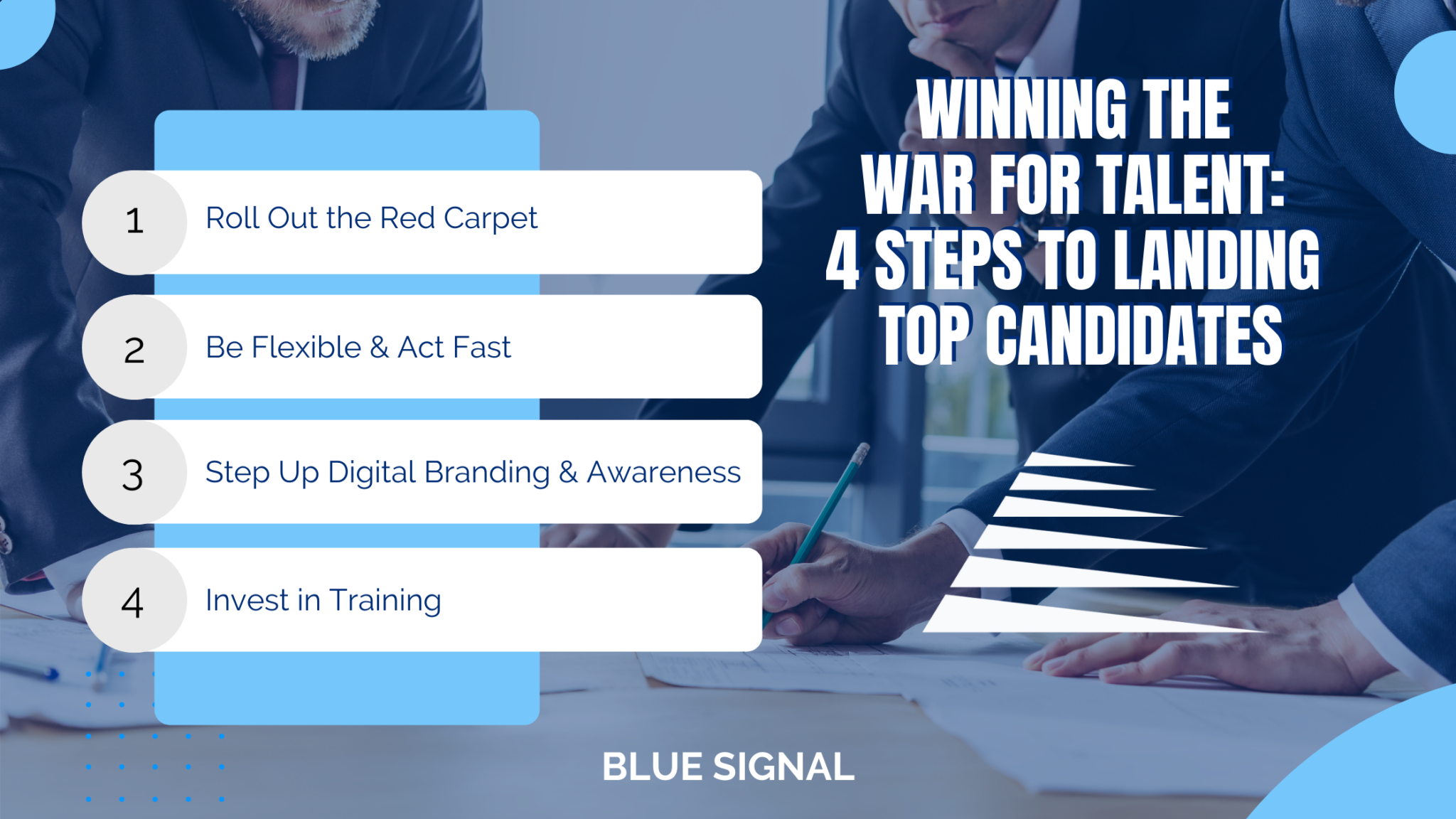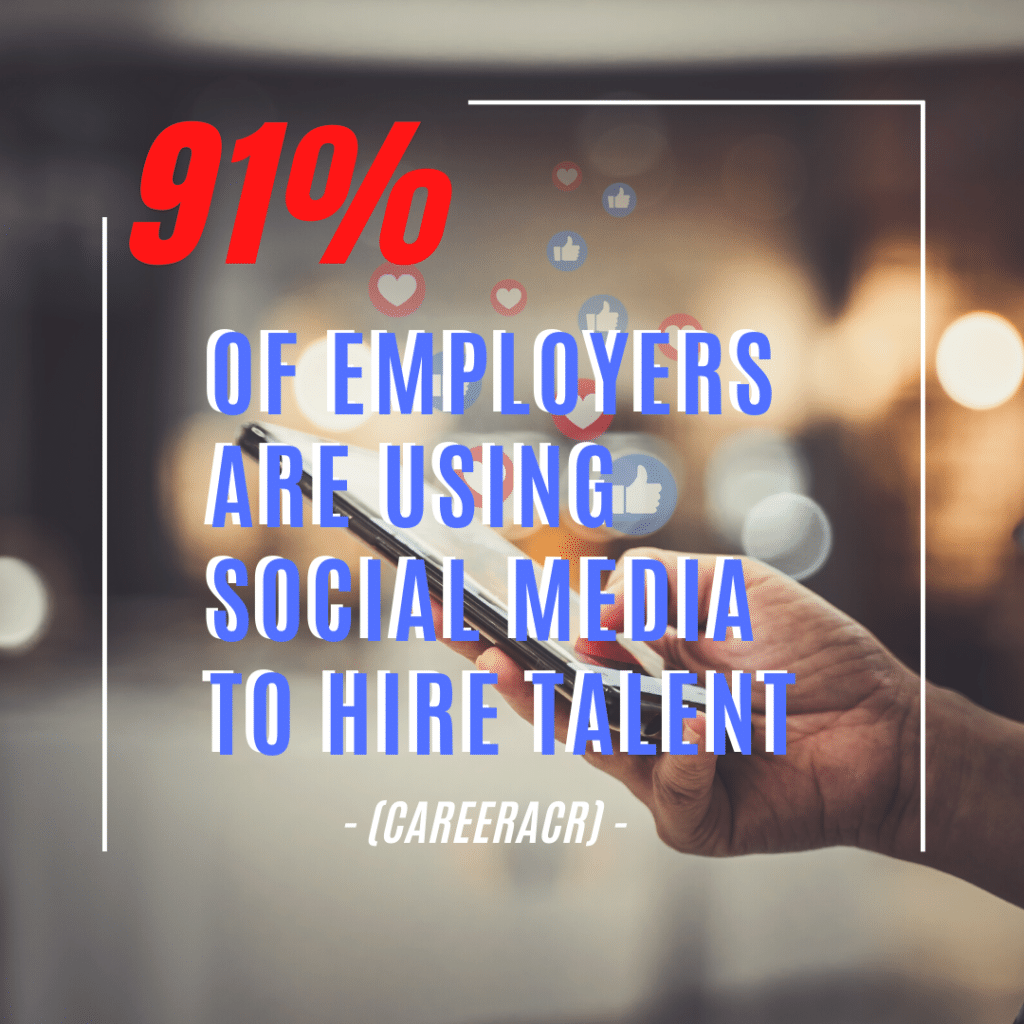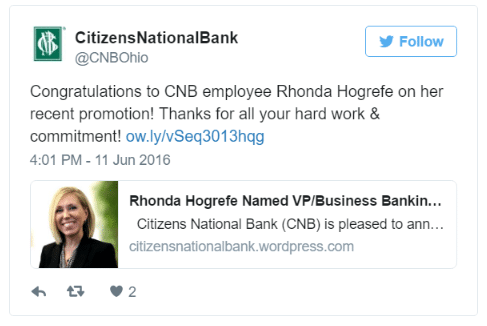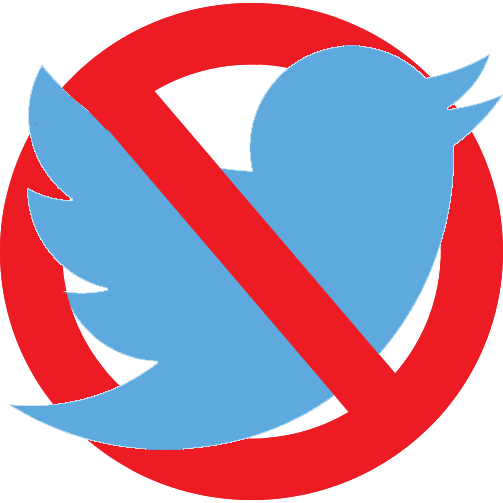As the competition heats up among industries to snag the best of the best to fill open roles, it’s becoming more clear we are experiencing a “War for Talent.” The phrase “War for Talent” is not a new term in the recruiting industry, as it was first coined in 1997 by Steven Hankin of McKinsey. In their 2001 book The War for Talent, authors Ed Michaels, Helen Handfield-Jones, and Beth Axelrod predicted that “the make-or-break for firms in the next two decades would be the ability to attract, develop, and retain talent.” In 2021, we’re in the thick of that battle, struggling to beat out the competition and win over top talent. Though there is an uptick in hiring across the board, with a closer look you’ll see just how small the market is when targeting top-tiered talent with niche skills and specialties. With over 7 million jobs recently posted online, the industry is experiencing an abundance of open roles and a lack of qualified candidates to fill them. In light of this sudden and increasing need for talent, job seekers are left with the upper hand. In today’s market, when it comes to winning the war for talent, employers need to take meaningful action by offering unique benefits, remaining flexible, improving branding, and focusing on retention post-hire.

Roll Out the Red Carpet
The current job market is in the hands of the job seekers — so it’s important to get to know your audience. Millennials for example, (who in just five short years will comprise almost 50% of the workforce) have different expectations for jobs than their predecessors did. 86% of Millennials put values, like respect for peers, before salary and 82% prefer to work from home at least one day a week. Now more than ever, hiring managers and companies need to be rolling out the red carpet and concede to the demands of those on the job hunt. Large, leading tech companies such as Amazon, Google, Microsoft, and Facebook have been perfect examples of this in the past as we’ve seen them building, buying, or rehabbing office spaces to make them attractive and appealing to workers. However, today’s climate calls for a little more creativity as the majority of companies and candidates are switching to the work from home model, making fancy office spaces obsolete. Companies are now branching out, offering new incentives like Peloton bikes, paid time off for mental health, additional vacation days, raises, and bonuses to keep their employees motivated and happy. Unfortunately, if you’re not doing your homework to find out what benefits your employees actually care about, you’ll be taking a shot in the dark.
Poaching and persuading top talent isn’t an altogether new concept but with today’s market, it’s now become a crucial part of everyone’s talent search. The rule of thumb when recruiting for top talent while competing in any industry is to assume there is always another offer on the table. Whether the candidate is actively interviewing for other roles or gets offered a promotion/raise by their current employer when handing in their notice - push your boundaries and dive deep to find what you can offer that no one else will.
Be Flexible & Act Fast
With so many competing offers and employers incentivizing candidates to stay where they are - quick decisions in the hiring process are crucial. Just imagine, while a hiring manager is contemplating possible, better candidates, the perfect candidate they let go cold is accepting another offer. With the majority of talent currently working from home, the process of taking an interview during the day has become a breeze. Candidates can resign from their current position and start a new one with the simple act of shipping back one laptop and receiving another in its place. This simplified and fast-acting turnover is exactly why it is imperative to remain flexible, open, and decisive when recruiting top talent.
The flexibility shouldn’t stop there. Being open to offering a flexible schedule in today’s market is another “must-have” on a majority of applicants’ lists. It’s been reported that “up to half of employees might quit their jobs if remote or hybrid work arrangements are not provided post-pandemic.” Due to this new norm, industries across the board are now competing on a national scale rather than with their local markets. By choosing not to employ remote workers, you are actively limiting your candidate pool. Offering a flexible work schedule is becoming non-negotiable when keeping up with the competition. With job seekers in the driver’s seat and in a position to make demands, hiring managers need to be listening.
Step Up Digital Branding & Awareness
Enticing a candidate to join a new company goes beyond what’s written on an offer. Most potential hires are conducting their own research on companies they’re looking to join, digitally. With the internet as the new marketplace, it is absolutely crucial to have a stellar online reputation and top-notch digital branding in place. As a simple fact of life, first impressions are everything - and more often than not, that introduction doesn’t come straight from a company email.
When a candidate is deciding if they should apply to a company, their first instinct will be to dig up some background information and see if they can picture themselves at the company. Ensuring consistent, clean, and up-to-date branding across all platforms positions you as a well-oiled machine, and instills a sense of confidence - which will result in more applicants.
Beyond consistency and aesthetics in branding, companies should be going above and beyond to create buzz in their industries. PR initiatives and posting exciting company news online can get job seekers’ attention and spark a good impression before they even land on your website/social channels. Another common way candidates look into a potential employer is through their online reviews and testimonials. This goes without saying, but poor reviews are one of the most passive reasons top talent will walk away from a job offer or even an initial interview. Open the door to communication by conducting exit interviews with employees leaving the company to uncover and address issues before they affect your incoming talent. Better yet, encourage satisfied customers to leave a positive review about their experience.
Invest in Training
With the added competition of today’s recruiting market, it’s important to remember that your job isn’t done when a new hire is made. In some cases, this is when the real work begins as your focus shifts to retaining that hire. One of the best ways to ensure retention of new hires is training, training, training! Investing in thorough and continued training programs is crucial in today’s market when the act of making the initial hire is already such an uphill battle. Hiring professionals agree that “in every industry and sector, among companies large and small, a new conversation must occur as upskilling and reskilling become the new norm.” Employers need to be more proactive by providing employees with the resources and time needed to learn the material and skills. Companies can focus on creating their own internal training that’s specific to their processes by including real on-the-job examples. The biggest mistake you can make after landing a top talent hire is to go into their employment blindly. Do your research and leverage tried and true methods to make sure you retain that expertise in-house.
With the intensity of today’s job market, offering unique benefits, remaining flexible and fast-acting, and ensuring retention after a hire is made can give your company the edge it needs to land top talent. Just like this job market overall, the way recruiting is conducted is changing at unprecedented speeds. If you’re feeling overwhelmed, Blue Signal can help. We’re experts in this realm and most importantly, we have the dedicated time to complete the open job searches you need filled. A significant benefit in working with a recruiting firm such as Blue Signal is the ability to target passive candidates, which is a game-changer in this climate. The days of waiting around for candidates to come to you and apply to your job posting on their own are over. According to a LinkedIn study, only 15% of employees say they are completely satisfied with their jobs and would not be open to a change. In the midst of this “War for Talent,” you want to be working with the best. If you’re ready to start a conversation about how you can better target and retain top talent in your field, reach out to us today.


 You can’t monitor everything (nor should you want to), but you can get an idea of your employees’ social media habits before and after you hire them. Trying to shut people down will only fan the flames.
You can’t monitor everything (nor should you want to), but you can get an idea of your employees’ social media habits before and after you hire them. Trying to shut people down will only fan the flames.

![[Image: iPhone progression]](https://bluesignal.com/wp-content/uploads/2017/04/iphone-evolution-touchscreen.jpg)

 LinkedIn is a treasure trove of information about a candidate’s professional life. Many professionals post blogs, articles, publications, past work, and professional updates on their pages. A vibrant LinkedIn page signals that a candidate has invested time in staying up-to-date with his or her industry and in networking with the professional community. The variety and breadth of material on a candidate’s page provides insight into their influencers and professional interests. The same principles apply to niche professional social networking sites similar to LinkedIn.
LinkedIn is a treasure trove of information about a candidate’s professional life. Many professionals post blogs, articles, publications, past work, and professional updates on their pages. A vibrant LinkedIn page signals that a candidate has invested time in staying up-to-date with his or her industry and in networking with the professional community. The variety and breadth of material on a candidate’s page provides insight into their influencers and professional interests. The same principles apply to niche professional social networking sites similar to LinkedIn.